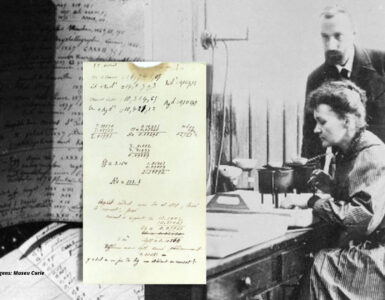Over the years, there is so much that we have come to learn about the universe. For those who have an interest in the universe or study it, this is the greatest age of discovery in history. Technical advances have helped in documenting the distribution of radiation from the big bang, extended our view to the earliest galaxies, collided atomic particles to reveal the structure of matter and mass, and located remote exoplanets. These accomplishments bring out the work of engineers and scientists in numerous fields. And because of this effort, we are starting to develop the best understanding of the cosmos we ever had. But one of the most surprising discoveries in the universe is life probably exists beyond Earth. Since the beginning of human civilization, humanity has questioned whether we are alone in the universe. With next-gen telescopes, tiny space probes, advanced algorithms, and more, researchers and scientists aim to search for life beyond the Milky Way – and make contact.
Beyond searching for proof of just microbial life, scientists are exploring ways to search for life advanced enough to drive innovation and develop technology.
Technosignatures are signals or signs that, if observed, enable us to surmise the existence of technological life beyond the planet Earth. One of the most popular technosignatures is the radio signals. However, there are several others that have not been fully explored.
In 2018, NASA started to support the scientific search for technosignatures as part of its search for life.
What are technosignatures?
Technosignatures is a scientific term with a broader meaning. While it translates to ‘search for extraterrestrial intelligence (SETI),’ technosignatures has been limited to communication signals. Aspects like laser emissions, radio waves, an atmosphere full of pollutants, or signs or massive structures could imply intelligence.
Over the last decade, organizations and many private sectors have carried out their search for technosignatures. The goal is to search for structures in low-band radio frequencies with the help of radio telescopes.
History of the search for technological life?
The 20th-century radio trailblazers first predicted the possibility of interplanetary communication. Efforts to find technologically advanced life resulted in theoretical work that postulated the possibility of carrying microwave bands and radio signals across vast distances in the galaxy. This resulted in the first ‘listening’ experimentation in the 1960s. NASA’s Kepler mission discovered thousands of planets beyond the Milky Way. Some of the planets even have key similarities to Earth. So, it is not impossible to find life on other planets and worlds. One day, we can prove that life exists beyond our solar system.
While it is difficult to know the probability, we know that it is not ‘0.’ Because scientists are considering the environments of other planetary bodies, technosignatures could be incorporated in the possible interpretations of information gathered from other worlds.
Now, debates about the odds of finding extraterrestrial life vary significantly. Frank Drake, an astronomer, developed a formula in 1961 that estimated the number of potential intelligent civilizations in the galaxy. This formula is known as the Drake Equation. Upon calculation, Drake got the answer of 10,000. While the majority of variables in the formula are rough estimates, they are subject to uncertainties.
On the other hand, similar speculation posted by physicist Enrico Fermi on the same subject, which is known as the Fermi Paradox, argued that if another intelligent or advanced life form was actually out there, we would have already met it by now.
In 1971, NASA’s search for extraterrestrial life began with the proposal by John Billingham, a biomedical researcher at Ames Research Center. About 1000 array of 100-meter telescopes were arranged that had the power to pick up radio and television signals from other planets.
Why look at technosignatures now?
Interest in detecting signs of advanced life is bubbling up. In 2015, Kepler discovered irregular fluctuations in brightness in Tabby’s Star stirred up a theory of an alien megastructure. However, researchers have concluded that it was just a dust cloud. Nevertheless, scientists believe that Toby’s Star has the potential usefulness of looking for peculiarities in data gathered from space, as indications of technosignatures may seem to have deviated from the expected.
Scientists believe that they will have to need more than just an unexplained signal to prove the existence of extraterrestrial life.





























